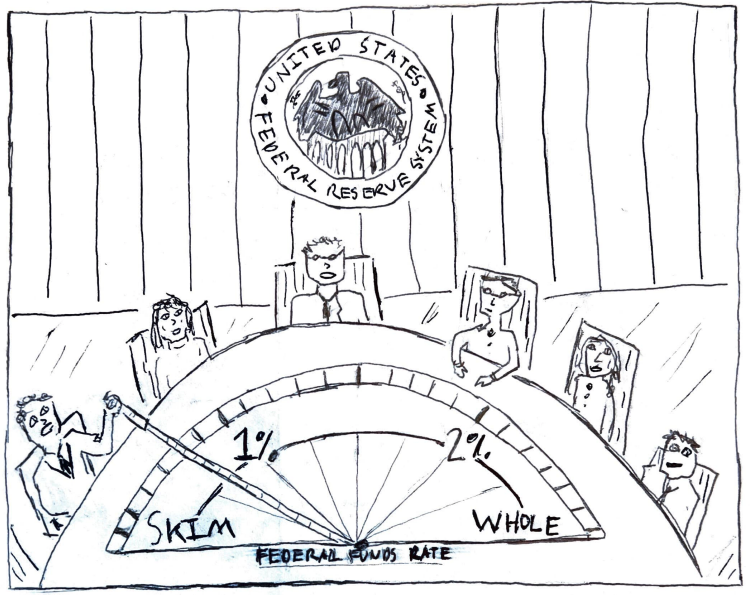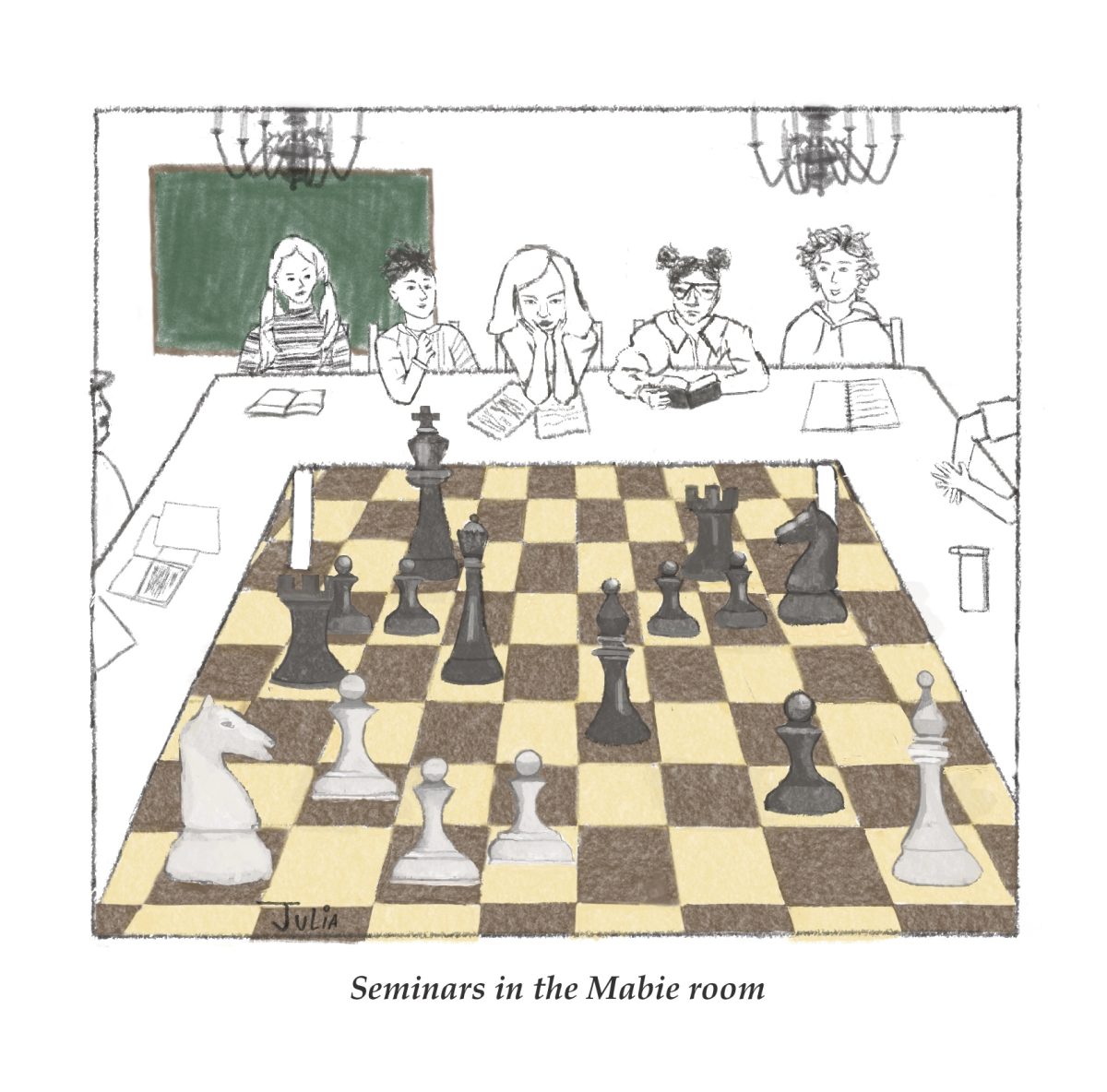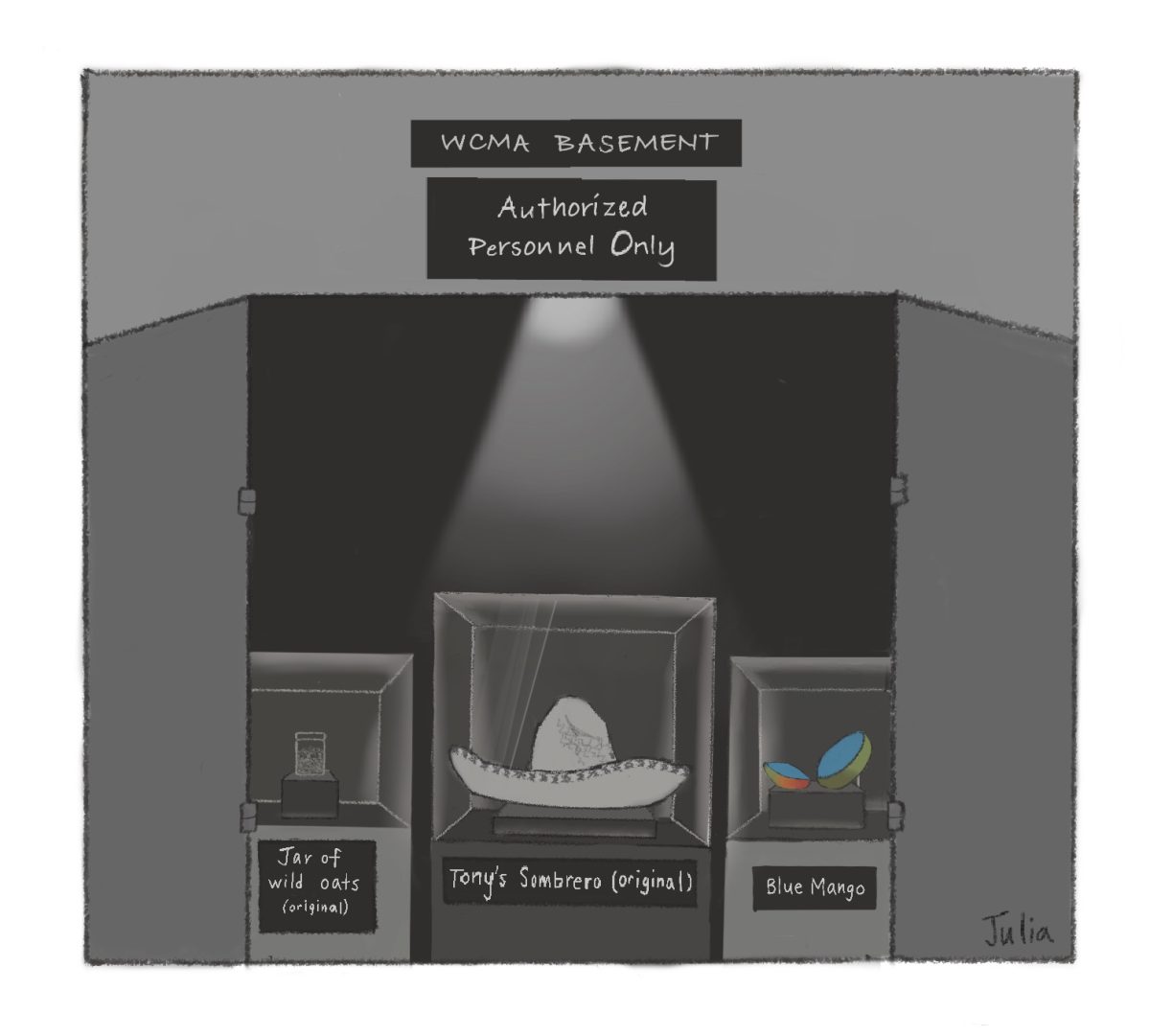While researching skin-lightening creams, I started to wonder if fair as in “just,” fair as in “beautiful,” and fair as in “light-complexioned” were etymologically linked. According to the Online Etymology Dictionary, these three usages emerged around the same time and share the Proto-Germanic root fagraz. It seems that, for English speakers in the Middle Ages, light skin was bound up with virtue and beauty, which isn’t surprising.
What does surprise me is the extent to which modern English still ties lightness to virtue and darkness to, well, the opposite. We describe smart people as “bright,” “brilliant,” or sometimes as “enlightened.” Good conversations are “sparkling,” good hosts are “radiant,” and good skin “glows,” especially after good sex. If you’re a digital marketer with a teenage target audience, a lot of things are “lit.”
On the other end of the binary, we insult people’s intelligence by calling them “dim” or “unenlightened.” A boring conversation is “dull.” Villains are “blackhearted,” and extortioners commit “blackmail.” Criminals exchange stolen goods on the “black market.” Terrorists, hackers, and predators lurk on the “Dark Web.” A suspicious person is “shady,” and the shadiest member of a family is the “black sheep.”
Is such language racist? One possible counterargument is that it’s more related to the day-night cycle than to complexion. Night has long been associated with sleep, danger, crime, fear. But in the United States — a country built on slave labor — most fears are racially charged. For some US-Americans, night is when “thugs” prowl the “inner city,” threatening “decent folk.” The cost of this false, infectious fear is police escalation. The cost of police escalation is the list of names we know too well.
Even before the current plague of police violence, white 19th-century slaveholders, historians and intellectuals liked to label Africa and people of African origin as “benighted.” Slavery was justified as a means of non-consensually “enlightening” these “dark people.” The colorism of our history, our society, and our language is one colorism. It’s not a coincidence; it’s a system.
So this kind of language is racist, or — at the very least — inextricable from race, like everything else in this country. How to fix it? One popular approach is reclamation, which often happens through art. Songs like Complexion (Kendrick Lamar feat. Rapsody) and Black Effect (Beyoncé and Jay-Z) celebrate Black beauty in general and dark skin in particular. And songs like Making the Most of the Night (Carly Rae Jepsen) and Honey (Robyn) reframe night as a time of risk-taking, intimacy, and possibility.
But reclaiming darkness is not enough. So long as light and dark exist as a binary, darkness will always suffer negative associations. This is because all binaries are hierarchies: one unit is always more valued or powerful than the other. Humans are so absurdly hierarchical that even spatial binaries — up and down, right and left — are subject to value judgment. Left-handed people, for example, are still stigmatized in many cultures.
Because racial Otherness elicits stronger emotions from many white people than does left-handedness or even Seinfeld (the funniest show of all time), racial binaries lead to especially intense racial hierarchies. Thus, from the moment it became law in the 1896 Plessy v. Ferguson decision, “separate but equal” was intentionally and cruelly impossible. Given our history, any attempt to reclaim darkness without addressing the light-dark binary will not suffice.
If language is a means to express possibility, binaries limit that possibility. Our reflexive turn to lightness when we want to describe virtue can overlook more interesting descriptors. For instance, I’ve read great essays that don’t try to “illuminate” a subject — to make it fully visible or comprehensible. Instead they develop questions, explore ambiguities, run up against limitations. This mode of intelligence isn’t really “bright” or “brilliant”; I would call it “translucent” or “liquid.”
Lately I’ve been updating my own vocabulary, cleaning out the old crusty words, bringing in some fresh ones. I’ve swapped out “productive” (too capitalist) and “fruitful” (too fertility-core) for “generative.” I’m trying to step away from “fair” and “unfair,” and to center what is “helpful” for certain people at certain times. Nonbinary language is rich in possibility and refreshingly shallow in hierarchy.
In particular, a nonbinary language of justice encourages wider interpretations of terms such as “crime,” “policing” and “justice” itself. Removing “criminal” from direct opposition to “citizen” reminds us that “criminality” encompasses both minor and major offenses, some of which may eventually become “legal.” Removing “justice” from direct opposition to “injustice” or “oppression” reminds us that there are many forms of justice, some more helpful or urgent than others. Passive nondiscrimination is not the same as systemic change, which is not the same as reparations.
When author Alexander Chee spoke at Williams a few years ago, he was confident that queer movements would continue to thrive. He explained that queer people “just have more fun” than those who depend on the gender binary. Binaries of any sort are not fun; they lead to unyielding hierarchies and uncreative language. Give us the support we need, not the fairness you wish to project. Give us full color, not monochrome.
Ananth Shastri ’21 is an English major from Washington, D.C.







